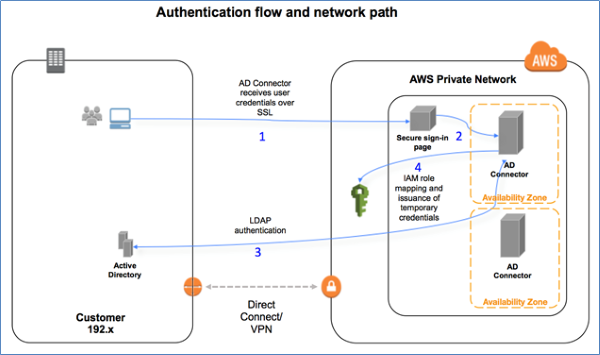

We will be using the basic Windows Web App template for this step: 101-webapp-basic-windows. The code for these templates is all open source and hosted on GitHub. The Azure Quickstart Templates site is a gallery of more than 750 templates to help you provision applications with various components and topologies with a click of button. Alice be asked to change the password then.įor this step, we will be creating an Azure Web App to host our ASP.NET code. For (6) and (7), you need to copy the password and use it the first time for Alice to login. , where is the “Initial domain name” you chose in the earlier step above.

For (2), make sure the domain is of the format. In the newly created Azure AD directory, create one or more users for testing.When the creation process is complete, click the confirmation link to switch to the newly created AAD, or switch to it by clicking on your login name in the top right corner of the Portal, and choose “Switch directory”.Choose an organization name that are unique to you. Follow clicks 1-6 depicted in the figure below.Access to an Azure DevOps organization.If you don’t have an account, start here for free In this blog, we’ll walk through very quick steps to help you start experimenting with authentication capabilities using Azure AD identities. The Microsoft Identity Platform documentation is very rich with extremely exciting quickstarts and step-by-step tutorials for various development platforms and client types. Microsoft Identity Platform allows you to authenticate users using a broad set of identities, such as Azure Active Directory (AAD) identities, Microsoft accounts, as well as third-party identities and social accounts using Azure AD B2C. When it comes to identity management, whether you’re developing a single-page app (SPA), a Web, mobile or desktop app, you need a full-featured platform that empowers you as a developer to support authentication for a variety of modern app architectures. App Dev Manager Wesam Darwish gives a walkthrough on how to get started with Azure Active Directory.


 0 kommentar(er)
0 kommentar(er)
